Receive comprehensive assessment results for claims
with HVAC and refrigeration equipment.
Receive comprehensive assessment results for claims with HVAC and Refrigeration equipment.
Spring Storm
Claims Trends
Other Causes
of Loss
Repair and Replacement
Solutions
Other Spring Storms
Resources
Spring Storm
Claims Trends
Other Causes
of Loss
Repair and Replacement
Solutions
Reported vs. Actual
Cause of Loss
Register for the Spring
Storms Webinar
Impacts to HVAC Systems Frequently Appearing in Wind and Hail Claims
Prepare to tackle HVAC claims following spring storms. Explore claims trends, uncover potential causes of loss beyond wind and hail, and review repair or replacement solutions.
Spring Storm Claims Trends
QUESTION 1/3
More than 80% of residential HVAC equipment impacted by hail could be repaired.
CORRECT
True!
Only 16% of residential HVAC equipment with verified hail impacts required replacement.
INCORRECT
Sorry, the correct answer is TRUE.
Less than 20% of residential HVAC equipment that HVACi determined to have verified hail impacts needed to be replaced.
QUESTION 2/3
Residential HVAC equipment with reported wind damage always had that cause of loss.
INCORRECT
Sorry, the correct answer is FALSE.
CORRECT
False!
Wind was the actual cause of loss for 7% of residential equipment, though it was reported for 15%.
QUESTION 3/3
Hail is the most frequently claimed peril for commercial equipment that HVACi assessed.
CORRECT
True!
Commercial policyholders claimed that hail impacted their HVAC and refrigeration equipment nearly 30% of the time. However, the cause of loss was recategorized, in some cases, following a thorough evaluation.
INCORRECT
Sorry, the correct answer is TRUE.
Commercial policyholders claimed that hail damaged their HVAC and refrigeration equipment nearly 30% of the time. However, the cause of loss was recategorized, in some cases, following a thorough evaluation.
Don’t settle for unnecessary replacements.
Storms with hail and wind can cause devastating losses for residential and commercial policyholders. Before carriers settle for replacements, it's critical that adjusters confirm the cause of loss and scope of damage. By not doing so, they risk settling for equipment damaged by a typically non-covered peril or for components that are functioning as designed.
DID YOU KNOW?
84%
of residential equipment impacted by hail could be repaired
27%
of commercial equipment included in claims had a reported cause of loss of hail
OTHER CAUSES OF LOSS
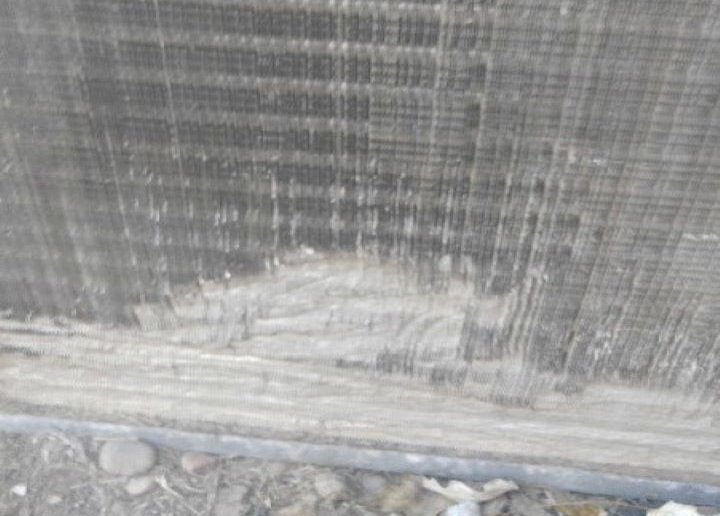
FOREIGN OBJECT IMPACT
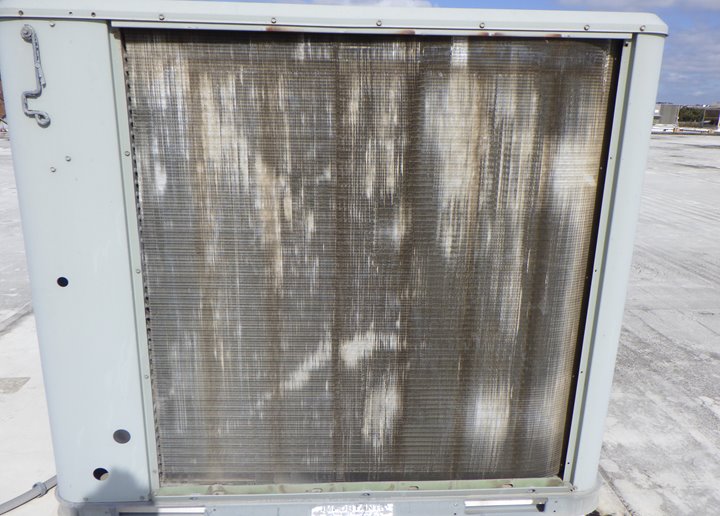
IMPROPER MAINTENANCE
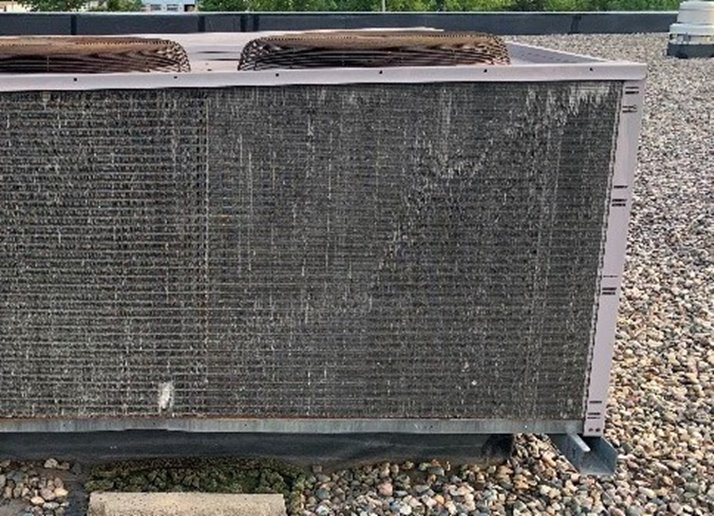
WEAR AND TEAR
WEAR AND TEAR
REPAIR AND REPLACEMENT SOLUTIONS
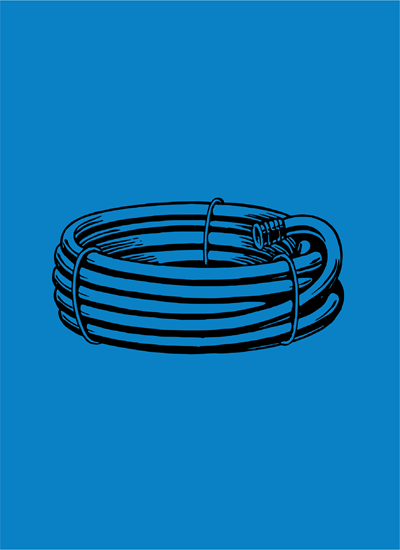
CLEANING
Spring storms may bring gusty winds that blow leaves, dust, dirt, and other debris into an HVAC system’s condenser coils. The coils have copper tubing that carries the refrigerant. Malleable aluminum fins typically surround the copper tubes.
Having dirt and debris in these fins could diminish their effectiveness, depending on the severity. Cleaning dirty coils can frequently return them to proper working order; however, insureds and their contractors should be mindful of what they use to clean components to not risk unnecessary damage.

COMBING
Dented or deformed tube and fin coil could block airflow, which may impact the system’s effectiveness, depending on the extent of the impact. Thin, plastic, or metal combs can straighten traditional tube and fin coils and return them to the proper position.
Contractors may not initially give combing as an option because of the time it takes to do, but it is a simple, inexpensive repair that can return equipment to pre-loss condition. Not all fins are able to be combed, and an objective evaluation would determine that.
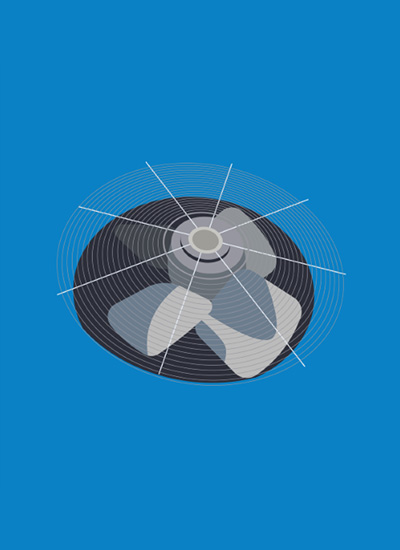
NEW FAN AND/OR
FAN MOTOR
Hail or wind-thrown objects could dent or break the fan motor or blades of the condensing unit, which could cause a system imbalance or other malfunctions.
Policyholders can return equipment to pre-loss condition by replacing the fan or fan motor – before the impacts get worse.
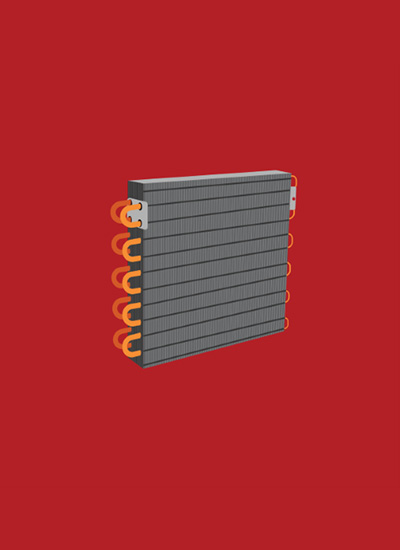
NEW CONDENSER
COIL
Traditional fins that are torn, flattened too far, or corroded can’t be combed. Other types of condenser coils, including micro-channel or spine fin coils, also can’t be combed and must be replaced.
Before settling for a new condensing unit, check to see if the condensing coil is available as HVAC distributors and manufacturers typically keep these in stock or can make them on demand. It’s a much cheaper – and just as viable – solution.
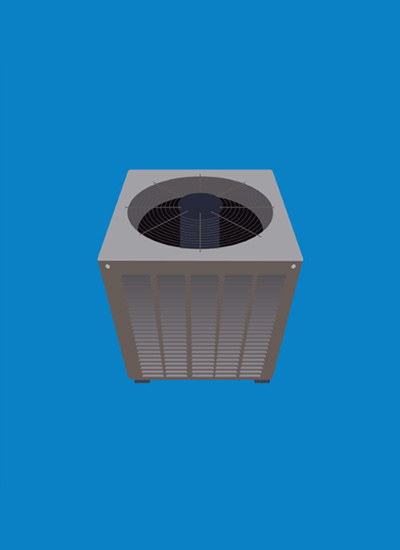
NEW CONDENSING
UNIT
Impacts may be severe enough, or other circumstances exist, to make the best solution replacing the condensing unit. Adjusters should make sure the replacement has a compatible Seasonal Energy Efficiency Ratio to the indoor HVAC equipment or risk a follow-up claim that may require a full HVAC replacement.
Additional components, including a new evaporating coil, may be necessary to make the equipment compatible.
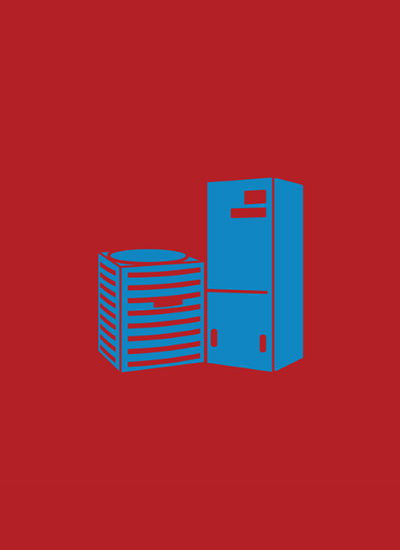
FULL REPLACEMENT
Typically, less than 20% of residential HVAC systems impacted by hail need complete replacement. The most common reason a full-system replacement would be necessary is if the indoor unit has a built-in integrated coil that can’t be changed out independently, or if there is an efficiency or refrigerant mismatch after component replacement.
Adjusters who do have to settle for replacement equipment should ensure that the new system is of Like Kind and Quality to what the policyholder had and that the costs are in line with market values.
How HVACi can help settle claims more accurately
Adjusters handling claims related to spring storms need expert support to ensure they can settle claims quickly and accurately. With our innovative processes, an extensive in-field network, and comprehensive testing based on engineering best practices, HVAC Investigators (HVACi) provides adjusters just the facts. Our assessment reports enable adjusters to confidently decide how to proceed with each claim by including accurate cause of loss and scope of damage determinations, objective repair and replacement recommendations, and settlement recommendations based on market value.
$6,886
Average claim accuracy for all residential claims
Recategorized Perils
51%
Percentage of perils recategorized
following HVACi’s independent assessment
$42,156
Average commercial claim accuracy for all claims
Ready to get expert insights into a wind, hail, or any other kind of HVAC-related claim?
Ins and Outs of Hail-Related HVAC Claims eBook
Learn about the HVAC components likely to be affected by hail, tips to confirm whether hail is the cause of loss, and repair options to be considered before a full replacement with this comprehensive eBook. Plus, get access to images and diagrams that make this information easy to read and absorb.
Simply fill out the form to receive your copy!
Get the eBook
Commercial Large Loss HVAC Hail Claim Case Study
Hail affects HVAC units differently, even on the same property, making large loss commercial HVAC claims with hail damage and diverse systems particularly complex. When an adjuster received such a claim involving over 50 systems at a large Texas church, they turned to HVACi for a swift expert evaluation.
This case study demonstrates how HVACi conducts thorough onsite assessments, recommends Like Kind and Quality repair vs. replacement options, and delivers a detailed, actionable report to support confident claim decisions.
Complete the form to access the full case study!
Download the Case Study
Hail-Related Property Damage Claims eBook
With the number of hail events each year in the thousands, you’re likely to have many hail-related claims with reported damages to multiple aspects of a property beyond HVAC equipment, including roofs, siding, solar power equipment, and other outdoor electronically powered items.
This eBook provides tips and information to consider when handling these claims, including:
The 5 Ws of hail events
Hail impacts to roofs and roof coverings
Hail effects on HVAC systems
Hail damage to outdoor electronics
How assessments determine cause and scope
Fill out the form to get this valuable resource delivered right to your inbox!
Get the eBook
- ‹ prev
- next ›
- 1
- 2
- 3
- 4
- 5
- 6
- 7